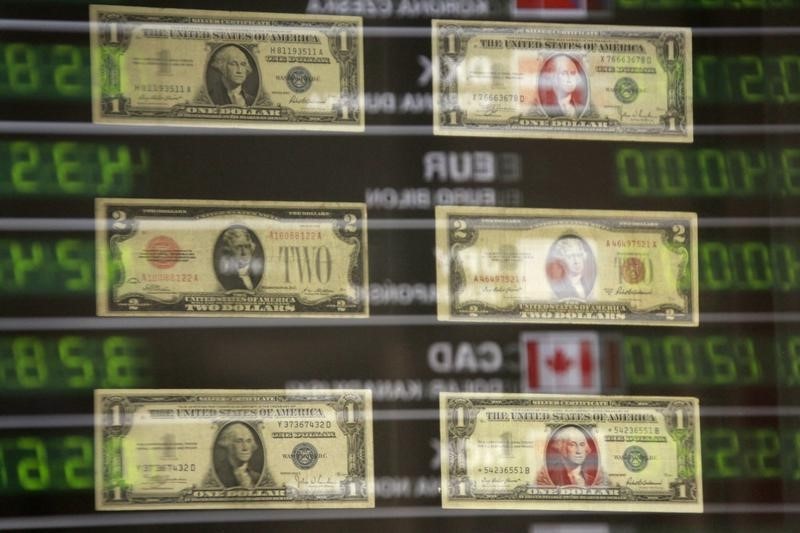* Canadian dollar at C$1.3071, or 76.51 U.S. cents
* Bond prices mixed across the maturity curve
By Fergal Smith
TORONTO, May 31 (Reuters) - The Canadian dollar weakened
against its U.S. counterpart on Tuesday after Canada's economy
accelerated less than forecast, while firm U.S. economic data
supported the view that the Federal Reserve could raise interest
rates as early as June.
Canada's gross domestic product (GDP) grew at a 2.4 percent
annualized rate in the first quarter, shy of analysts'
expectations for 2.9 percent. Moreover, a deeper than expected
0.2 percent drop in March GDP left a weak starting point for the
second quarter.
"It is going to make the Bank (of Canada) cautious, but they
are probably going to see some sizable swings in the GDP numbers
in the next couple of quarters, reflecting the shifts in oil
production," said Paul Ferley, assistant chief economist at
Royal Bank of Canada.
The central bank has already signaled a likely contraction
in second quarter growth after wildfires disrupted oil
production in Alberta.
At 9:19 A.M. EDT (1319 GMT), the Canadian dollar CAD=D4
was trading at C$1.3071 to the greenback, or 76.51 U.S. cents,
weaker than Monday's close of C$1.3051, or 76.62 U.S. cents.
The currency's strongest level of the session was C$1.3016,
while its weakest was C$1.3083.
U.S. crude CLc1 prices were up 0.43 percent to $49.54 a
barrel, helping to limit losses for the commodity-linked
Canadian dollar. O/R
U.S. consumer spending recorded its biggest increase in more
than six years in April and inflation rose steadily, more signs
of an acceleration in economic growth that could persuade the
Federal Reserve to raise interest rates again as early as June.
Canadian government bond prices were mixed across the
maturity curve, with the two-year CA2YT=RR price flat to yield
0.653 percent and the benchmark 10-year CA10YT=RR falling 19
Canadian cents to yield 1.373 percent.
The Canada-U.S. two-year bond spread was 4.6 basis points
more negative at -27.7 basis points, while the 10-year spread
was 3.1 basis points more negative at -51.3 basis points as
Treasuries underperformed.
